
Das Portal Revistas culturales 2.0 dient als virtuelle Forschungsumgebung für alle Interessenten, die sich mit historischen Zeitschriften aus dem spanischsprachigen
Short description of the project
DARIAH-DE (funded 2011-2019) supports humanities scholars and cultural scientists working with digital resources and methods in research and teaching. To this end, the network is establishing a digital research infrastructure and developing materials for teaching and further education in the field of Digital Humanities (DH). The DARIAH-DE operational cooperation (2019-2021) continues these goals.
Project content
Together with successful initiatives in the field of DH in Germany
This goal does not only include technical tasks, but also concerns local and international activities, and above all is designed for the long term.
DARIAH-DE was conceived on the basis of the following guiding principles:
The German Wissenschaftsrat identifies a number of key areas that need to be considered when developing research infrastructures in the humanities, such as the “long-term archiving of research data with reference and citation options”, “uniform standards”, “linking digital data with metadata”, “interdisciplinary cooperation”, “use of research infrastructures in teaching”, etc. During its two and a half year preparation period, the ESFRI project DARIAH-EU identified these topics as relevant fields of action, which were realized in the subsequent phase of establishing a humanities research infrastructure.
Project team members
The start of the operational cooperation in March 2019 marked a new phase in the development of DARIAH-DE. 16 partner institutions have laid the foundation for the sustainable operation and thus the continuation of DARIAH-DE by concluding an operating cooperation agreement. The operating cooperation partners have different humanities and technical backgrounds. They include universities, libraries, computer centers, non-university research institutions, academies of science and commercial partners.
Many other institutions have participated in the development of DARIAH-DE as partners in the phases DARIAH-DE I-III (2011-2019) and are now part of the constantly growing network as former partners. Cooperation partners, associated partner projects and initiatives as well as the Memorandum of Understanding partners form another important part of this network. They use DARIAH services or develop them further within the framework of their own research priorities. Some of them are also connected to DARIAH-DE via national/international initiatives or projects that use the DARIAH infrastructure, such as EHRI and CENDARI.
Partner of the operation cooperation:
The project is coordinated by the Göttingen State and University Library (SUB Göttingen).
Add your DH research project to the project showcase by submitting a short project description via the web form. Enter project data, a brief description, a graphic or visualization as well as a detailed description of the project content with technical assignment, addressees, added value, project managers, funding information and duration.

Das Portal Revistas culturales 2.0 dient als virtuelle Forschungsumgebung für alle Interessenten, die sich mit historischen Zeitschriften aus dem spanischsprachigen
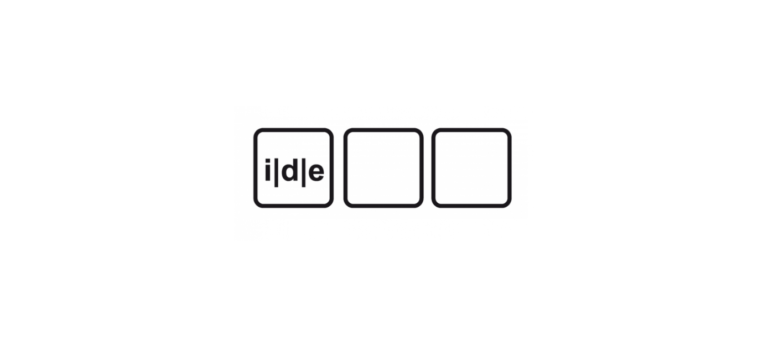
Das Institut für Dokumentologie und Editorik e.V. (IDE) ist ein internationaler Zusammenschluss von Wissenschaftlerinnen und Wissenschaftlern aus verschiedenen Disziplinen der
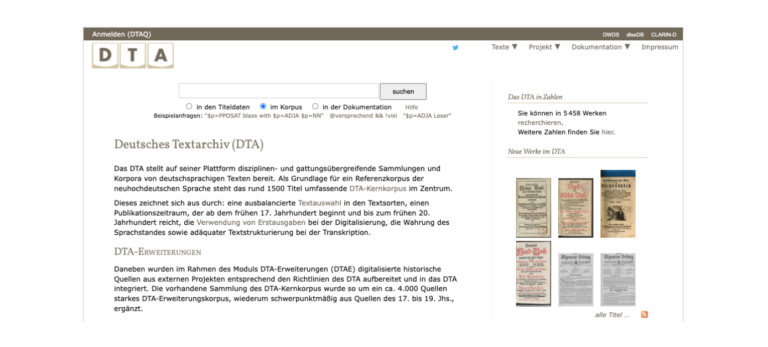
Das DTA ist ein Archiv für deutschsprachige, historische Textsammlungen an der Berlin-Brandenburgischen Akademie der Wissenschaften. Es umfasst annotierte Volltexttranskriptionen von
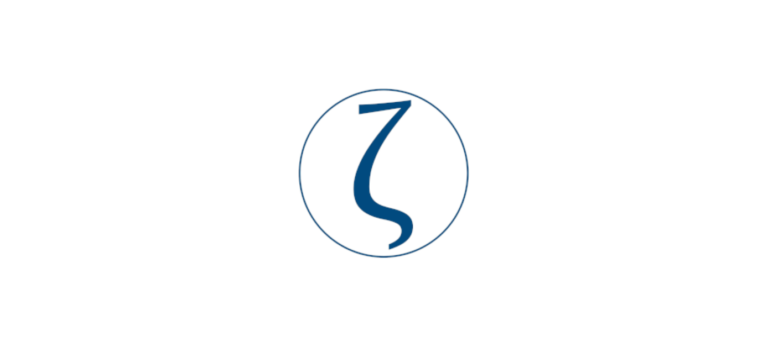
Der Vergleich als methodisches und epistemologisches Paradigma ist in den Geisteswissenschaften tief verankert. Ob in der qualitativen oder quantitativen Forschung
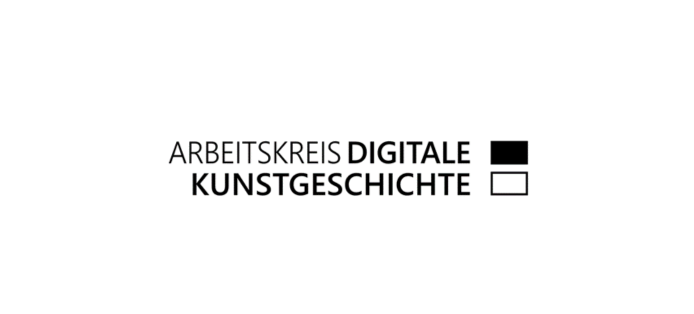
Der Arbeitskreis organsiert das #ArthistoCamp, die Schriftenreihe Computing in Art and Architecture und den #arthistocast – der Podcast zur Digitalen

Das DARIAH-DE Repository ist eine zentrale Komponente der DARIAH-DE Forschungsdaten-Föderationsarchitektur, die verschiedene Dienste und Anwendungen aggregiert und so komfortabel nutzbar
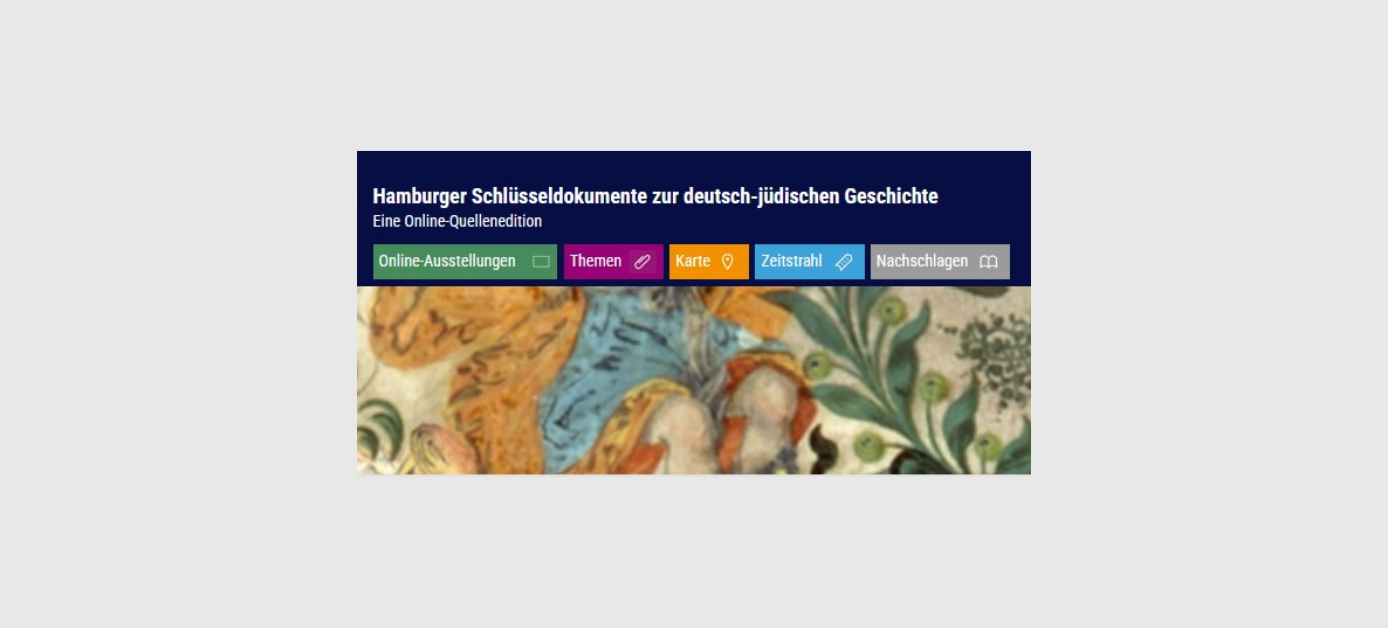
Die Edition „Hamburger Schlüsseldokumente zur deutsch-jüdischen Geschichte“ soll sowohl einem akademischen Publikum als auch der interessierten Öffentlichkeit einen niedrigschwelligen Zugang

The Trier dictionary network offers access to more than 40 dictionaries and reference works, which can either be called up individually or queried together using a comprehensive search. At the same time, the dictionaries are interlinked at keyword level so that iterative navigation within the dictionary network is possible.
Wir verwenden Cookies und ähnliche Funktionen zur Verarbeitung von Daten. Die Zustimmung ist freiwillig und kann jederzeit widerrufen werden.